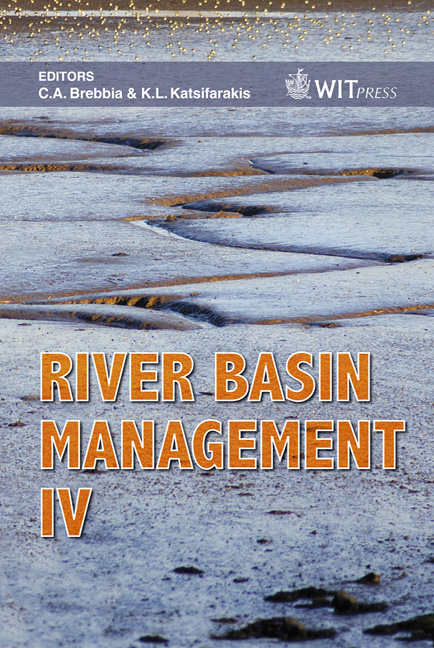Analysis Of Polyaromatic Hydrocarbon (PAH) Contaminated Riparian Sediment And Source Identification
Price
Free (open access)
Transaction
Volume
104
Pages
6
Published
2007
Size
242 kb
Paper DOI
10.2495/RM070471
Copyright
WIT Press
Author(s)
K. L. Rowberg & J. T. Smith
Abstract
Sediment in the Grand Calumet River, Indiana, USA was analyzed for criterion polyaromatic hydrocarbons (PAHs). The sediment was freeze dried, extracted with methylene chloride using a Soxhlet apparatus, and followed by Florisil clean up. Gas chromatography/mass spectrometry was used to separate and characterize the PAHs. Of the United States priority pollutants for PAH, the major contaminant was chrysene. Other priority PAH contaminants detected were pyrene, benzo[b]fluoranthene, benzo[a]anthracene, benzo(g,h,i)perylene, phenanthrene, and fluoranthene. Three methyl-substituted PAHs were detected in the sediment. 5-methylchrysene is used to examine possible source of contaminant and weathering time. Keywords: polyaromatic hydrocarbon, toxicity, phototoxicity, chrysene, dredging, contaminant source, weathering. 1 Introduction Dredging of contaminated river sediment in northwest Indiana is proposed for economic and health reasons. Barges can navigate the waterways with only partial loads and, therefore, shipping time increases. The sediments in the waterways contain heavy metals, polynuclear aromatic hydrocarbons (PAHs), and polychlorinated biphenyls among other pollutants [1]. PAHs concentrate in sediment three orders of magnitude greater than surface waters [2]. The Grand Calumet Harbor contains the highest levels of PAH-contaminated sediment in the Great Lakes system [3]. The waterways flow into Lake Michigan where
Keywords
polyaromatic hydrocarbon, toxicity, phototoxicity, chrysene, dredging, contaminant source, weathering.





